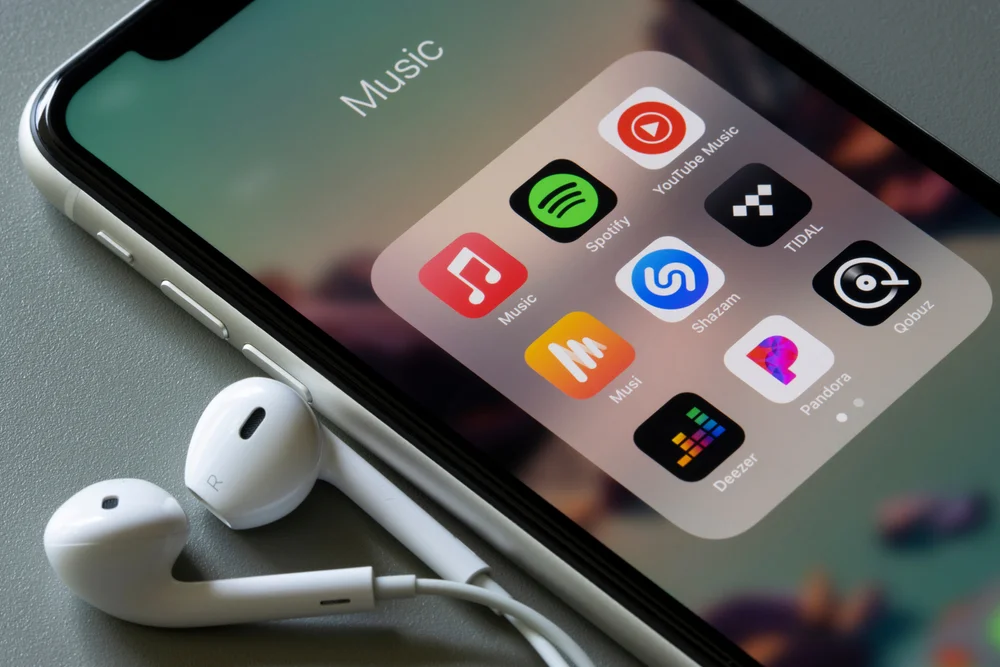The second half of the marketing calendar is a strategic period for brands… Back-to-school, sales, Black Friday and the end-of-year festivities… A succession of high points provide opportunities to engage and convert audiences.
If you don’t want to miss out on an event that will help you achieve your sales objectives, it’s essential to be well prepared. In this article, we take a look at the key events not to be missed in the second half of the year. We also share tips on how to put in place an effective strategy and make campaign execution easier.
Calendrier marketing du second semestre : les temps forts à ne pas manquer
The second half of the year is full of events that punctuate consumers’ lives and offer brands opportunities to engage them. From the summer holidays to the end-of-year festivities, not forgetting commercial festivities such as Black Friday and sales, each high point presents its own challenges and requires meticulous preparation.
Here are the highlights of the second half of the marketing calendar and how to position yourself to maximise these sales opportunities.
Holidays and summer sales (July-August)
The months of July and August are marked by two major events: the summer holidays and the summer sales. The summer holidays represent a challenge for brands. They need to adapt their communications to maintain the link and prepare for the new season. As for the summer sales, this is an opportunity to sell off stocks and boost sales. At this point in the marketing calendar, it is crucial to :
- Leverage an omnichannel strategy (physical and e-commerce) to engage a volatile audience and communicate its offers during the sales period.
- Implement a lead recruitment strategy to reach prospects who don’t know the company and boost the impact of sales.
- Once the sales are over, focus on customer knowledge and loyalty. August is the time to gather preferences and refine your positioning and offers for the autumn and the final quarter.
Back to school (September)
The back-to-school period is a key time for all sectors of activity, from fashion to high-tech, retail and culture. At this time of year in the marketing calendar, consumers are looking for suitable offers, but also attractive prices. Brands can :
- Capitalise on the data they have collected to propose personalised offers. They will meet the expectations of a demanding audience, who are looking for practicality and good deals;
- Take advantage of the back-to-school rush to boost their drive-to-store strategy and generate more traffic. It’s an opportunity to forge a bond with customers by encouraging them to visit the shop to discover products and take advantage of benefits (targeted advice, attractive promotions, etc.).
Halloween (31 October)
Popular in France, Halloween is a must for the leisure, food and ready-to-wear sectors. Brands can capitalize on the festive atmosphere with creative campaigns, limited collections or immersive experiences to capture attention. It’s a time to build brand awareness and engage your community, via social networks.
Black Friday and Cyber Monday (end of November)
These two commercial holidays mark a major peak in consumption, both in-store and online. Black Friday and Cyber Monday are opportunities to clear stock before the holidays, and to capture customers through flash offers and sales.
The challenge for brands is to attract consumers with attractive discounts. But also a smooth shopping experience (optimized logistics, secure payment, etc.).
Christmas and New Year’s Eve (December)
The marketing calendar comes to an end with the festive season. Brands need to attract consumers looking for original gifts. To stand out from the crowd, they need to optimize their offer (gift sets, special editions, personalization services), pricing and logistics. It’s also crucial to reach buyers with engaging storytelling and emotional communication.
4 tips to boost your second-half marketing
Every highlight of the second half of the year represents an opportunity to increase brand visibility, boost sales and build customer loyalty. By anticipating these events and adopting the right approach, companies can maximize their impact and capitalize on consumer trends.
Careful planning and a good understanding of your audience are essential to turn these appointments into successes. Here are 4 ways to stand out in the second half of the marketing calendar!
1. Anticipate your campaigns
In marketing, anticipation is key. It’s essential to plan sales actions several months in advance to ensure smooth, efficient execution.
Planning your marketing calendar allows you to :
- Positioning of highlights according to strategic objectives, audience expectations and marketing budget;
- Define a coherent strategy for each highlight,
- Optimize advertising budgets (to avoid a tricky situation before the Christmas holidays).
- Ensure smooth logistics management (stock optimisation, etc.)
A structured marketing calendar facilitates the implementation of campaigns and avoids hasty actions that could impact on the brand’s performance and image.
2. A high point, a marketing objective
Each event in the marketing calendar must be linked to specific objectives:
- Acquiring new customers and increasing sales for Black Friday
- Conversion and loyalty during the festive season,
- Branding and animating the community for Halloween,
- Customer knowledge and preference gathering during August.
3. Capitalise on relevant gamification mechanisms
To position themselves at the best times, brands need to identify the interactive mechanisms that are relevant to their objectives. Their choice must take account of each event and the related strategic objective.
Instant Win games (a Wheel of Fortune or a scratch-off game) are suited to conversion objectives and to a commercial holiday such as Black Friday. More creative mechanics such as competitions and challenges are ideal for promotion and branding objectives and for high points such as the summer holidays or Halloween.
4. Measure and improve your marketing strategy on an ongoing basis
Conclusion
Every event in the marketing calendar represents an opportunity for your brand to increase its visibility, boost sales and build audience loyalty. By anticipating these highlights and deploying a strategy tailored to your audience, you can maximise the impact of your speaking engagements and achieve your sales objectives. Plan your second half of the year using our dedicated guide and turn these meetings into sales successes by distributing our marketing games.








